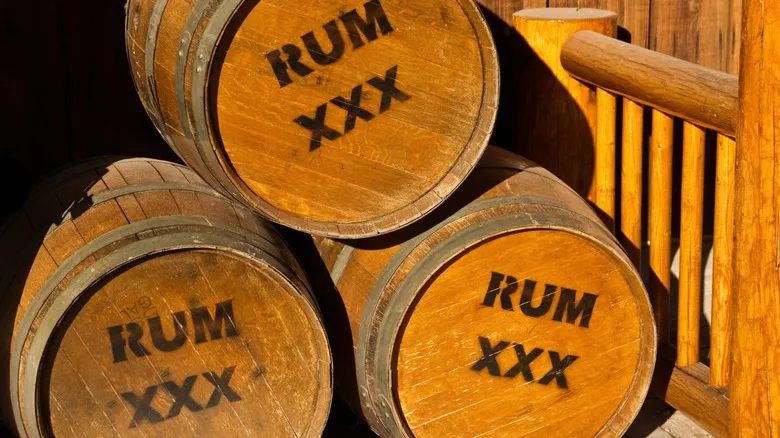The legend of gunpowder rum
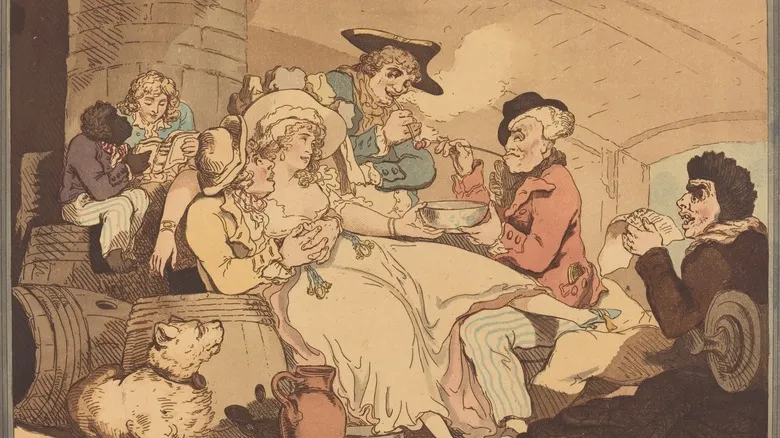
There is a challenge in uncovering the truth behind the practice of "proofing" alcohol with gunpowder, particularly in relation to rum, the spirit most often linked to this narrative. This belief is so entrenched that the modern Pusser's Rum company produces a "gunpowder proof" rum inspired by this legendary method. However, historical evidence may not support the stories of British sailors igniting their rum before consuming it.
The concept of assessing alcohol content with gunpowder appears to have been a genuine practice when higher-taxed "proof spirits" were introduced, but this was prior to the development of the hydrometer, a device that measures alcohol content more accurately than volatile gunpowder. When the hydrometer was created around 1730, the British Royal Navy had not yet adopted rum as their preferred spirit, typically favoring brandy and arak (a strong, pale liquor from the Middle East).
By the time rum became a common fixture on naval ships in the early 1800s, the hydrometer was already in use, and its accuracy was being enhanced. The more sophisticated Sikes hydrometer was officially recognized by the British Parliament in 1816, further discrediting the rum-gunpowder test. Nevertheless, whether due to its captivating imagery or the somewhat romanticized perception of that historical period, the notion of gunpowder proof rum continues to endure today.
The echoes of the era still sound
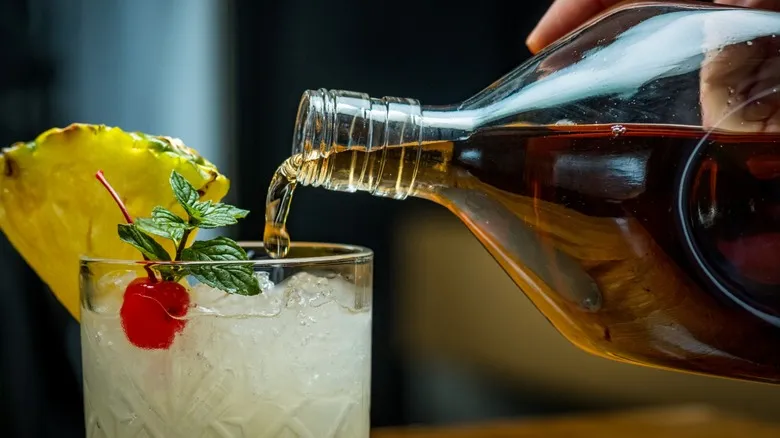
Even today, rum with an alcohol by volume (ABV) of 54.5% is referred to as "gunpowder proof" or "navy strength," likely stemming from a somewhat mythical tale. Nevertheless, you should definitely add a splash of this potent spirit to your next hurricane cocktail or a traditional, spirited Philadelphia punch. And even if the gunpowder test story is a bit exaggerated, there are still many echoes of that era present in contemporary drinking customs.
If you've ever encountered a spirited beverage known as "grog," you've already been introduced to the nautical terminology of that time. The term is said to have originated from a British admiral in the mid-18th century named Sir Edmond Vernon, nicknamed "Old Grog" for his distinctive grogram coat. In a well-intentioned effort to sober his crew, Vernon diluted the ship's liquor supply. The disgruntled sailors, feeling slighted, dubbed this watered-down drink "grog" — likely as a jab at their admiral.
This is also where the word "groggy" appears to have come from, as consuming too much grog (or any alcohol, for that matter) can leave you feeling a bit disoriented and unsteady. Fortunately, you only need to mix a simple drink to engage in the drinking traditions of the pirate era — no need to risk an explosion in your glass.
Recommended
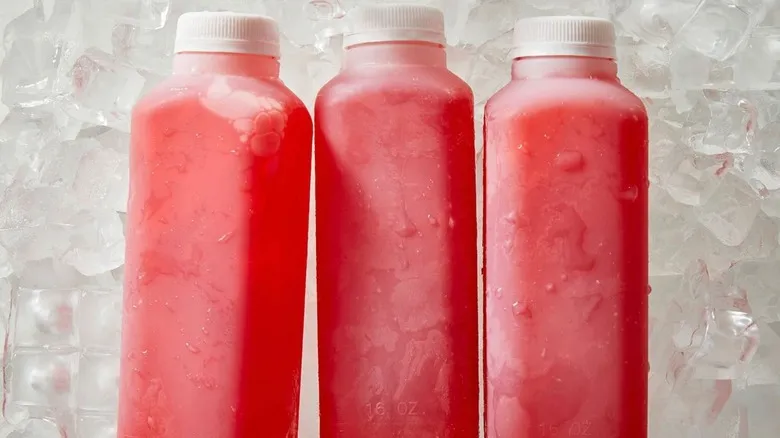
Nutcracker: The Banned NYC Cocktail You Can Find On Every Beach
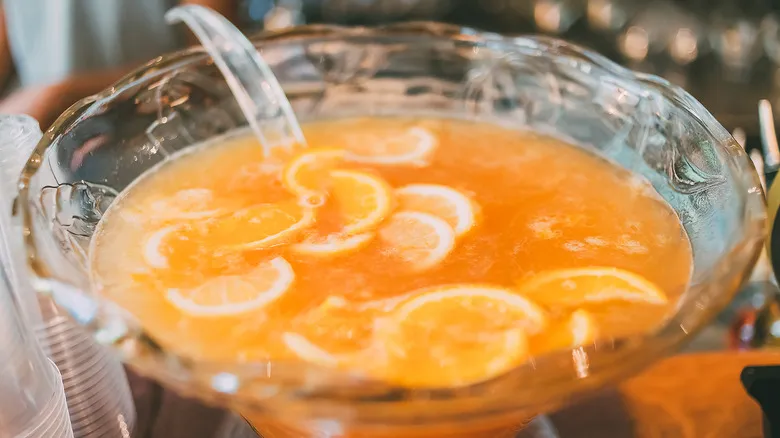
Party Like It's 1795 With This Boozy Philadelphia Punch
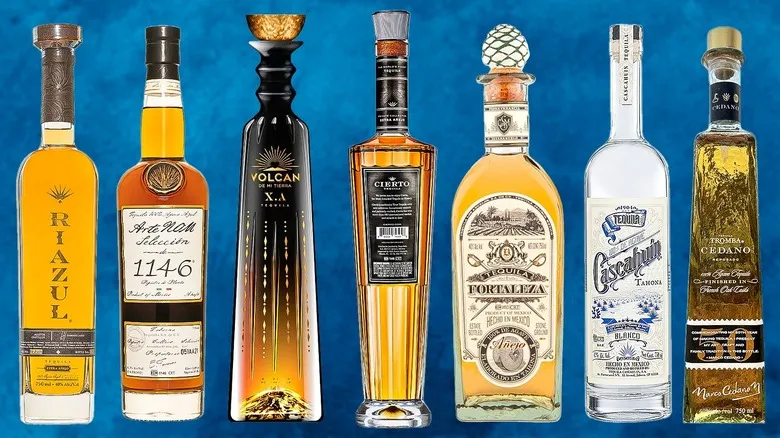
Top-Shelf Tequilas That Are Worth The Price, According To Experts

The Old Hollywood Duo Behind The First Ever Chocolate Martini
Next up

